The Material Plane is home to a great variety of civilizations, and the adventure anthology Journeys Through the Radiant Citadel introduces a host of new locations for you to visit. Inspired by real-world cultures and mythologies, these locations breathe new life into the Material Plane and come with 13 standalone adventures for character levels 1-14.
Each writer behind this book drew from their cultural backgrounds to build out the adventures and gazetteers you'll find in Journeys Through the Radiant Citadel. To showcase the talented group behind the anthology, Dragon+ Editor in Chief Matt Chapman conducted a series of interviews that highlight each writer and their inspirations.
Click below to get a preview of each interview and a link to where you can read it on the Dungeons & Dragons website:
| Chapter | Writer |
| "Salted Legacy" | Surena Marie |
| "Written in Blood" | Erin Roberts |
| "The Fiend of Hollow Mine" | Mario Ortegón |
| "Wages of Vice" | T.K. Johnson |
| "Sins of Our Elders" | Stephanie Yoon |
| "Gold for Fools and Princes" | Dominique Dickey |
| "Trail of Destruction" | Alastor Guzman |
| "In the Mists of Manivarsha" | Mimi Mondal |
| "Between Tangled Roots" | Pam Punzalan |
| "Shadow of the Sun" | Justice Ramin Arman |
| "The Nightsea's Succor" | D. Fox Harrell |
| "Buried Dynasty" | Felice Tzehuei Kuan |
| "Orchids of the Invisible Mountain" | Terry H. Romero |
| "Beyond the Radiant Citadel" (Tayyib Empire) | Basheer Ghouse |
| "Beyond the Radiant Citadel" (Umizu) | Miyuki Jane Pinckard |
Salted Legacy by Surena Marie
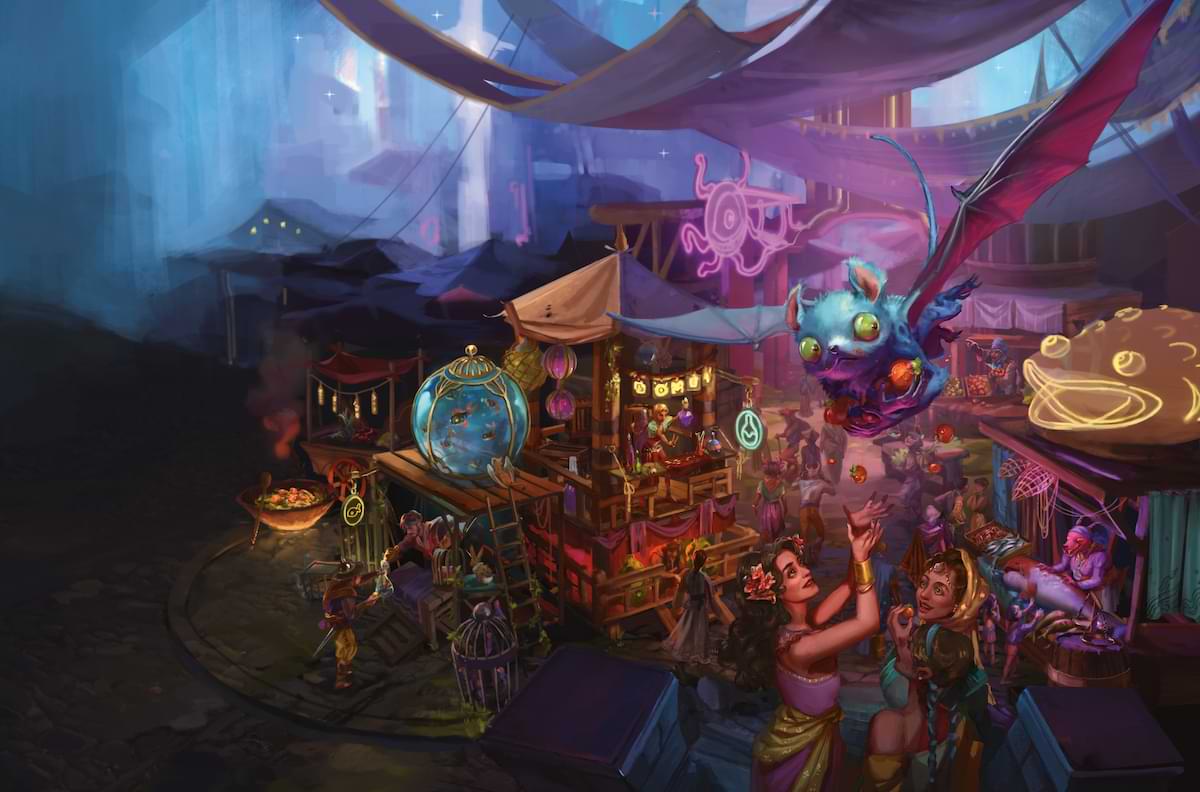
“It was truly a joy to figure out which parts of my culture to pull from to create Siabsungkoh and the Dyn Singh Night Market,” says Surena Marie. “I'm first generation in America and my mom is from Thailand. Growing up there's the push to be more American, while still holding onto your cultural values. My region is a reflection of that. The Dyn Sing Night Market is urban, it's hustle and bustle, its expansion and industry. Whereas the rest of the Siabsungkoh region is holding on to those values and traditions.”
Written in Blood by Erin Roberts
“One of the big touchpoints for me was the book Growing Up Black in Rural Mississippi, which was written by my great uncle and traces the story of my extended family in rural Mississippi in the early to mid-1900s,” says Erin Roberts. “I also loved incorporating oral tradition into the region of Godsbreath. I grew up with lots of stories about life in the South that were passed down by being told around the table or at a family reunion. I love that Godsbreath draws both from those, and from the fact one of my relatives took stories that might traditionally be passed down orally and wrote them down. Either way, words have power.”
The Fiend of Hollow Mine by Mario Ortegón
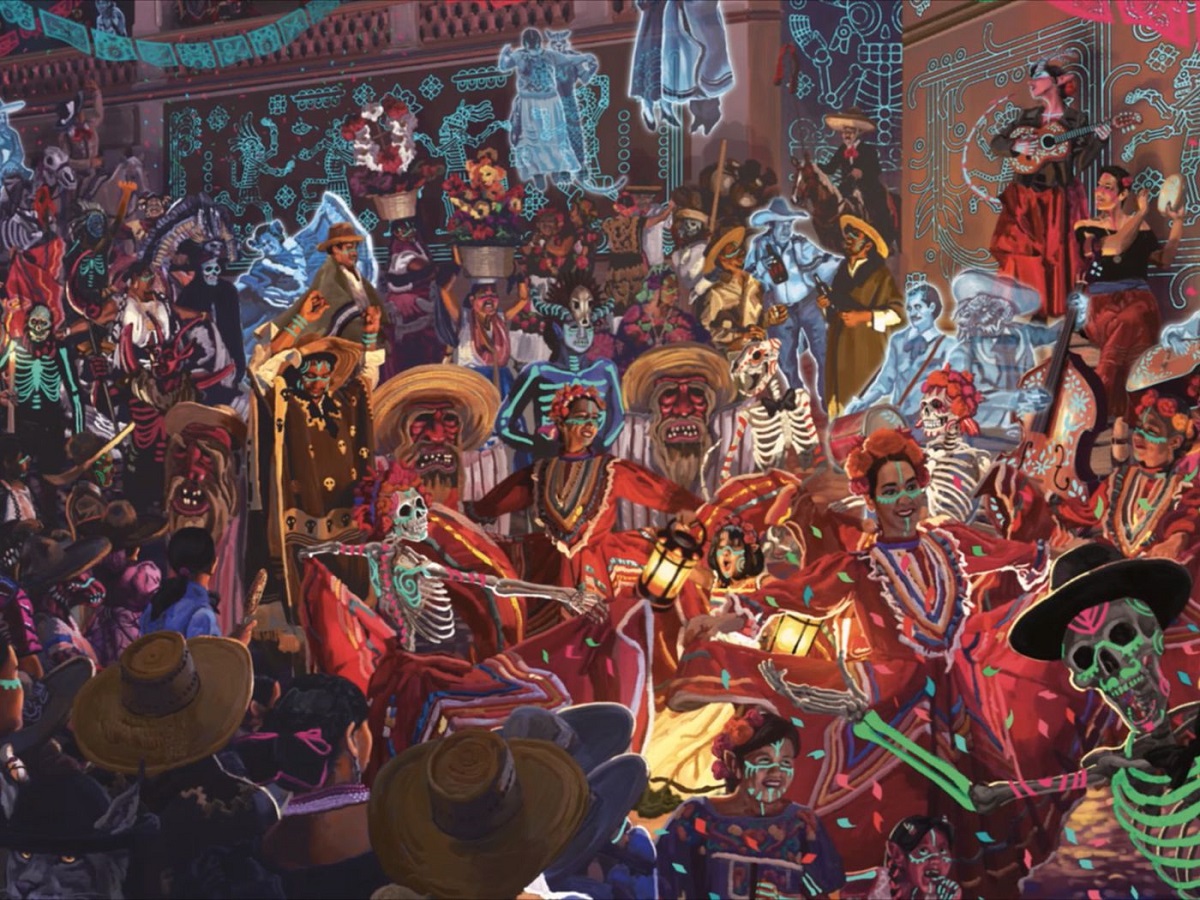
“People are often surprised when I tell them that I started playing Dungeons & Dragons because of the 2000 movie starring Jeremy Irons,” Mario Ortegón admits. “I was aware of D&D in general before then. I’d read the Dragonlance trilogy when I was very young, and there was the Dungeons & Dragons animated TV series. I’d even played the Icewind Dale and Baldur's Gate computer games, so I’d been consuming D&D for a long time. But I didn't start playing until I saw that movie. It finally made me realize it was something that could be played.”
Wages of Vice by T.K. Johnson
“Whenever you think of Carnevale, you think of those big feather headdresses. And the first thing that popped into my head when planning the adventure were the divas. In the same way that World War II spy Mata Hari was a burlesque dancer, I see the divas as the perfect assassins,” T.K. Johnson says. “They train at the Elucidarium in Zinda, which is such a pompous and absurd name that I'm glad they let me keep it. It’s an arts college that’s also a spy school. Come for the clown class and stay for the cloak and dagger master class, with poison electives.”
Sins of Our Elders by Stephanie Yoon
“There are so many incredible, scary stories that come out of Korean culture,” says Stephanie Yoon. “This is a classic monster from Korean folktales that’s been spiced up with more fantastical elements for the Dungeons & Dragons experience. I don't know if I’m revealing a lot about myself, but I find the fear of not remembering the things you’ve been doing quite scary. I think DMs will relish the opportunity to dig into that visceral horror.”
Gold for Fools and Princes by Dominique Dickey
“I decided to try and make my monster friend-shaped,” says Dominique Dickey. “I asked that the art for this monster be playful, capricious and visually similar to a ferret. I imagined it as a long noodle that just happens to have a lot of legs. Those legs probably being very good for snuggles, if the aurumvorax is not trying to kill you.”
Trail of Destruction by Alastor Guzman
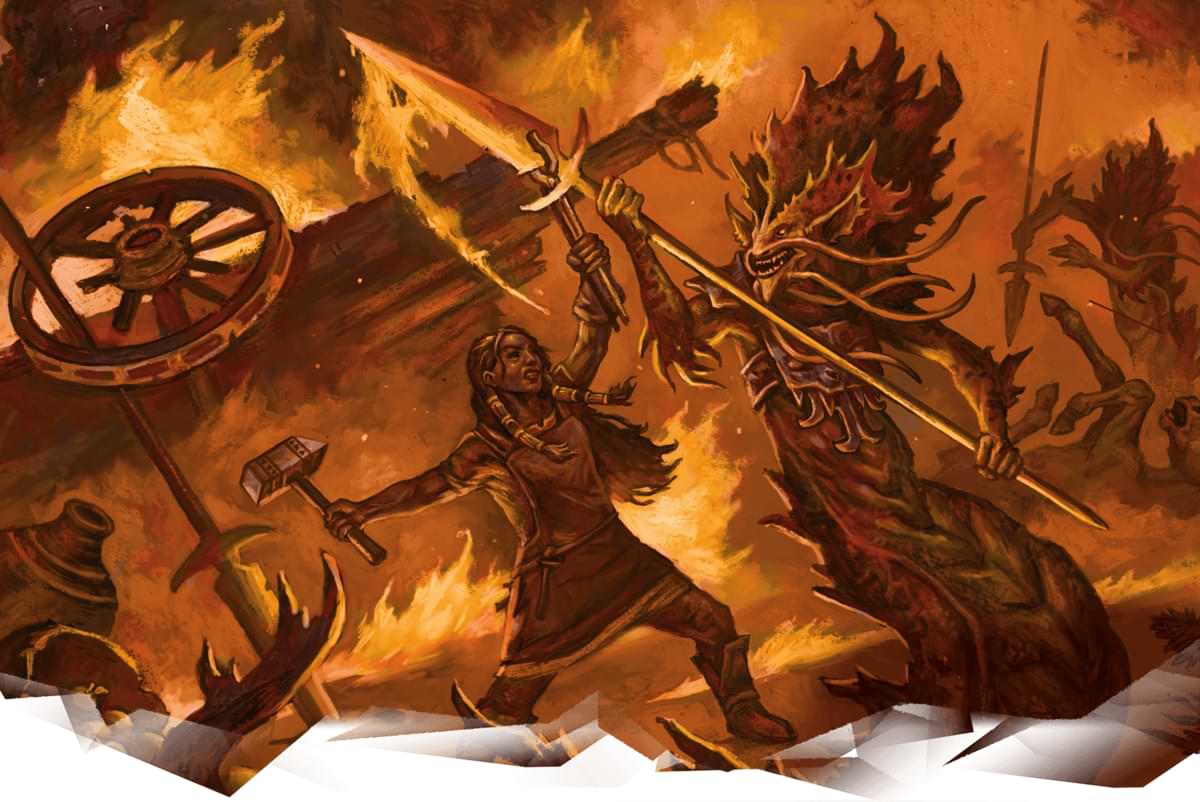
“I wanted to make a fully rounded location that wasn’t solely focused on survival and felt like people really live there. The inspiration for that came from the way people helped each other during the 2017 earthquake in Mexico City,” Alastor Guzman remembers. “It’s a society of people who know how to take quick decisions and the players will have to do the same. This adventure is designed to push them to react swiftly, because you can't take a rest in a disaster zone.”
In the Mists of Manivarsha by Mimi Mondal
“Centuries back, Bengali authors would weave in and out of horror and realism, and you’d never know which work of fiction that started with a fairly mundane, day-to-day setting would suddenly head into horror. It's a realism story, until it suddenly gets very scary,” explains Mimi Mondal. “I don't know why no-one’s ever coined the term Bengali Gothic, but to me that’s what it feels like. We all believe in ghosts and other supernatural things, that's just life. I am massively influenced by that tradition and it’s something I wanted to pay tribute to.”
Between Tangled Roots by Pam Punzalan
“The folkloric bakunawa dragon is a symbol that most Filipinos will recognize when they see it in the book. I'm particularly proud of its design. When the art team asked what it looks like, I said it has to be serpentine. We don't conceptualize dragons as being dinosaur-like in the way that the West does. They're more sinuous with fins,” says Pam Punzalan. “I remembered that multi-colored scales don't necessarily have to come from lizards, they can also come from creatures such as the colorful betta fish. When I saw Brynn Methane's final art, I was amazed that what was in my head had been translated onto paper.”
Shadow of the Sun by Justice Ramin Arman
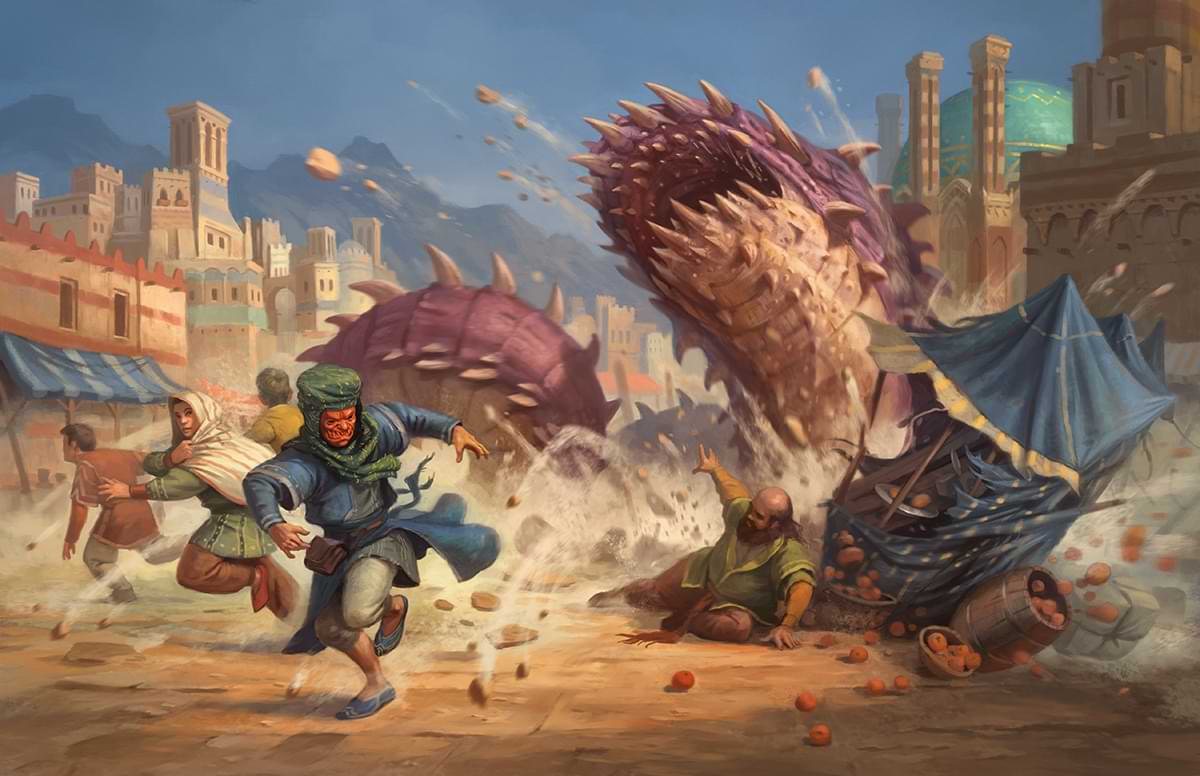
“It’s very special that my first creature contribution to D&D is inspired by Iranian mythology,” says Justice Ramin Arman, who based his celestial pari on a classic piece of Iranian literature called the Shahnameh. “I went back and forth on how should they should be classified in D&D, because the word pari in Persian means fairy. But in the artwork in the Shahnameh, they look and act more like angels, along with their depictions in Islamic lore. It was a deliberate choice to have them be celestials. It was exciting to add another angel to that hierarchy.”
The Nightsea's Succor by D. Fox Harrell
“The monster illustration I liked the best in the first edition D&D Monster Manual was the ghost and, in some ways, this is a ghost story. A haint is a kind of spirit that’s sometimes described as the descendent of African peoples who’ve been enslaved,” D. Fox Harrell explains, praising illustrator Claudio Pozas’s representation of it. “The illustration of that ghost in the Monster Manual had a cowl, which only showed you the eyes. I think you get a similar effect with a mask. I’d like it if haints always have some way in which they’re obscured to maintain their mystery.”
Buried Dynasty by Felice Tzehuei Kuan
“My biggest D&D claim to fame is the fan-favorite sequence in the episodic video game Life is Strange: Before the Storm,” says Felice Tzehuei Kuan, who works as a narrative director at Deck Nine. “I was one of the writers on that optional story segment, where you get to sit down with the characters Steph and Mikey to play D&D with them for about 20 minutes. Before we wrote that, we played D&D as research. That’s what got me into playing.”
Orchids of the Invisible Mountain by Terry H. Romero
“I wanted a Lovecraftian aberration that’s attracted by war and discord,” says Terry H. Romero, who borrowed loosely from Venezuelan folklore. “We don't know what it wants because it’s inscrutable and unknowable. Maybe we can defeat it, but maybe it never really goes away. Whether they're short-lived humans or long-lived gnomes, it's still remembered in the collective consciousness of the Ataguan people. That was a way to make it suitable for a D&D audience but keep the folklore feel that it's still out there somewhere.”
Beyond the Radiant Citadel, Tayyib Empire, by Basheer Ghouse
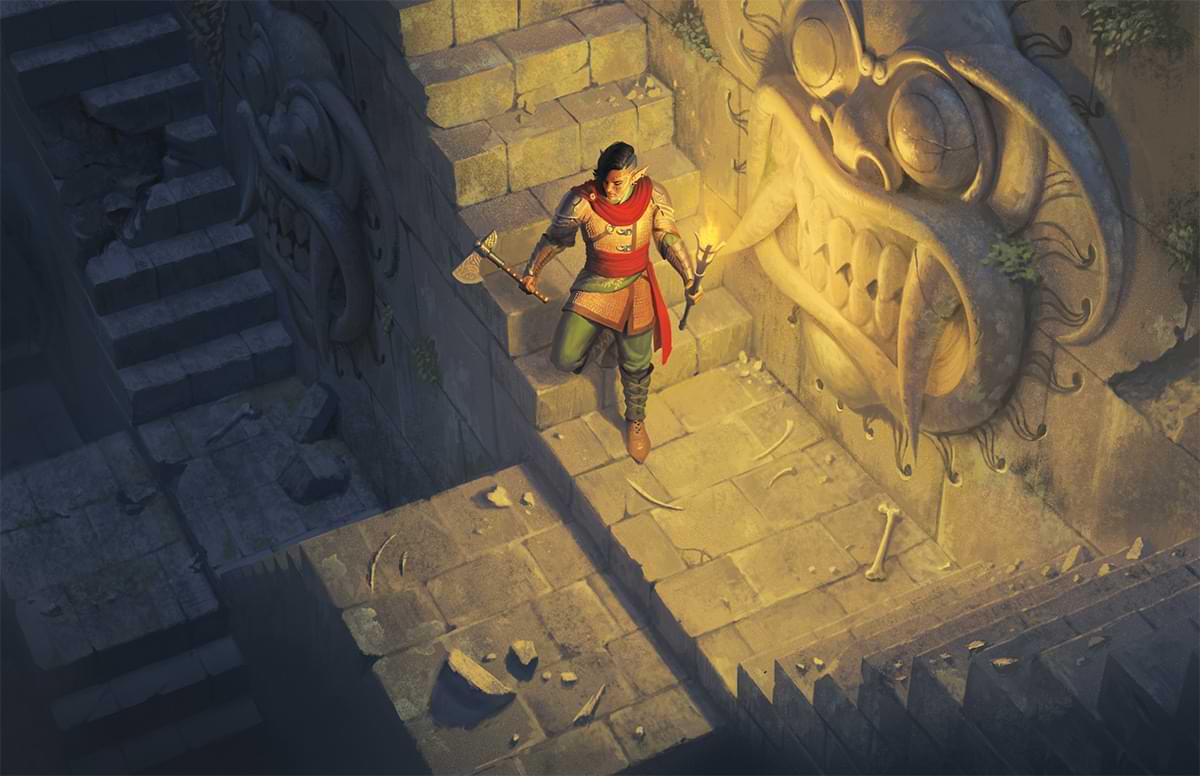
“The undead as the continuing scar of war is one of the cooler ideas I had for the Tayyib Empire, with this physical representation of what the cost of war was,” says Basheer Ghouse. “They’re one of the most dangerous things that can be dug up when farming the land. And once you've killed whoever was controlling a bunch of demons, you’ve still got a bunch of demons.”
Beyond the Radiant Citadel, Umizu, by Miyuki Jane Pinckard
“The concept of expressing gender through fragrance came from a time when elites in the capital were obsessed with personal appearance and perfume. These wealthy nobles with nothing better to do would hold competitions to see who could make the best perfume,” Jane Pinckard says. “I wondered how this could be folded in more tightly to the fabric of everyday life and to creative expression. What does the perfume say about you? It’s an opportunity for people to express themselves in a way we’re not typically used to.”
More on the Radiant Citadel
Journeys through the Radiant Citadel released on July 19. Developed by co-leads Ajit A. George and F. Wesley Schneider, alongside a diverse team of contributors, the adventures can easily be dropped into your existing D&D campaign or be woven together into a plane-hopping campaign. Watch the video below for more information:
Matt Chapman (@meejaboy) is a film, game and gadget journalist living in London, UK. He was Editor-in-Chief of the official D&D magazine Dragon+ for seven years, which would have blown the mind of his 13-year-old self.








-
View User Profile
-
Send Message
Posted Jul 23, 2022Fantastic, I'm glad to hear that. However, as evidenced by the state of other "average citizens" of the world, they have not "gotten it" and so the message needs to continue to be reiterated.
I think, too, that because this is the first time specific non-European cultures have been positively represented in official D&D adventures, it made sense for the cultures to be more human-centric.
-
View User Profile
-
Send Message
Posted Jul 23, 2022The problem is that there never seems to be an agreed upon point when everyone "gets it". As such, treat everyone like they are mature, free-thinking human beings that don't require constant preaching. In other words, preach to your own friends & relatives but stop preaching to people you don't even know...it comes across as insulting and condescending.
-
View User Profile
-
Send Message
Posted Jul 23, 2022This book is hardly “preaching” - it is not trying to force ideas on others; it is not trying to change hearts and minds; it is not trying to lecture; it is not trying to convince players of anything whatsoever. There is an element of proselytisation to preaching which simply is not present in this book.
In reality, the book is about about sharing - it is a group of authors who are sharing their perspective on D&D, on their life story, on things that have been important to them.
So, rather than complain about perceived, but nonexistent, preaching, revel in the book for what it is - a chance to share in the enjoyment and passion the authors clearly felt as they wrote their sections of the book.
-
View User Profile
-
Send Message
Posted Jul 29, 2022I would love to hear the thoughts of some of the authors on a dilemma I'm having. I prebought the book on D&D beyond in because I was very excited to see the game expand to new narratives, new voices and new stories, especially from those who have been unrepresented in the game for far too long. I was delighted to hear about the care and thoughtfulness that went into bringing these stories to the game. But once the book came I realized I felt kind of stuck. I'm a straight white guy who has been playing D&D since the late 70s. I'm pretty much a forever DM and I realized that it just didn't feel right to be DMing these stories. I was left feeling like I would be the white narrator to a BIPOC novel. So I'm torn. On the one hand I want to be part of spreading these stories and encouraging more of the same... on the other it feels kind of crappy to be the one presenting them to people playing at my table whether they are white or POCs. I was trying to imagine how the authors might feel about and am glad I have the opportunity to ask.
Thanks,
Chris
-
View User Profile
-
Send Message
Posted Jul 29, 2022Purge, I wonder what it is that makes you 'typical' and (average)? I also wonder what makes you feel like you can speak for other 'typical average' people and assume they feel like you do. While I don't want to speak for anyone else, I think it's safe to assume that people who have been victims of racism, sexism, homophobia etc. People who have historically been excluded, ignored or persecuted may not feel like people 'get it'... and I'm pretty sure that they get enough of those things in their daily lives and don't want it in their games as well. They pay for the product just as much as you do, so they deserve to see themselves represented.
-
View User Profile
-
Send Message
Posted Sep 21, 2024So I just bought this book.
Thank you for publishing the author names here, this is sorely missed. I really shouldn't google for this!
I hope there is someone at wizards who walks around shouting "shame, shame" game of thrones style every single day for not including this in the book.
This alone undermines the very idea behind this book, and exposes it to be nothing but a marketing trick, that is how much wotc cares about giving a chance to authors of non-white and /or non-western descent. They are so unimportant they are not even listed as authors of their specific works, just a single textbox.
What a huge fail.